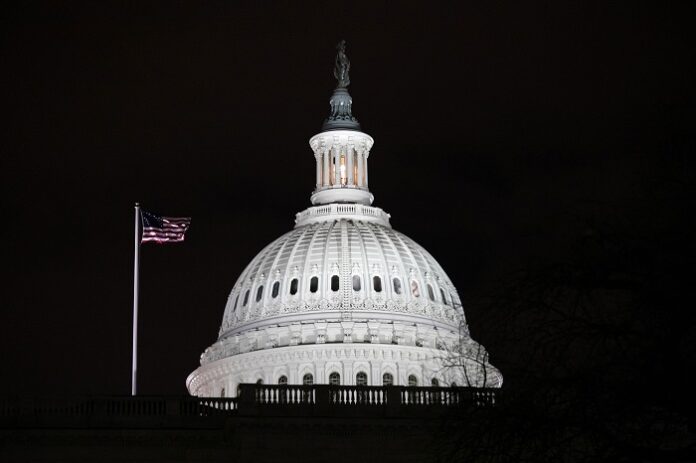The U.S. Senate’s recent decision to remove a 10-year ban on state-level AI regulation from President Trump’s expansive tax-cut and spending bill represents a victory for employers, one expert says, but is causing concerns about “regulatory fragmentation” for some tech firms.
“This is a win for employers only insofar as it reduces the uncertainty—or turmoil—that the moratorium would’ve created,” says Niloy Ray, a shareholder at Littler and a core member of the firm’s AI and Technology Practice Group.
However, allowing states to move forward with their own regulations raises flags about a patchwork of AI laws, according to INCOMPAS, a trade group representing tech and communications companies, including Google, Meta and Microsoft.
The group, which advocates for competition-friendly policies, issued a statement opposing a ban on state regulation ahead of the Senate decision.
“With over 1,000 AI-related bills nationwide, a pause is needed to avoid regulatory fragmentation that could harm U.S. AI leadership,” the statement reads. “This isn’t California’s race against China—or New York’s or Colorado’s. It’s America’s race, and it demands a unified national strategy.”
Reduced uncertainty around federal AI regulation

The ban would have been more problematic than allowing the states to develop AI regulation frameworks, Ray says. That’s because a federal moratorium might have led to constitutional challenges and legal disputes, adding further confusion for employers trying to comply with potential regulations.
While the current arrangement of state-level regulations is “unwieldy,” Ray believes it is more predictable than the potential legal chaos a federal intervention could have sparked.
Recent data from Littler’s 2025 Annual Employer Survey, released in May, reveals that nearly a third of all surveyed employers plan to increase or are already increasing their use of AI in the workplace moving forward. Researchers attribute this trend to weak enforcement in the current regulatory environment and expectations of a lighter federal approach under the Trump administration.
However, the increase in AI use is more closely tied to broader business patterns than to any legislative move, Ray says. The ongoing lack of comprehensive federal oversight, he argues, remains a more significant driver of AI adoption than lifting the moratorium.
“Because the survey was fielded before the moratorium was introduced, it wasn’t considered by respondents in their outlook,” Ray adds.
Read more: AI in hiring concerns reach federal court in Workday lawsuit
A manageable regulatory environment?
Recent actions at the state level suggest a more manageable regulatory future, Rays says, pointing to California’s recent updates to the Fair Employment and Housing Act as an example of AI regulations evolving in ways that employers can handle. He says this approach could serve as a model for other states, potentially influencing them to rethink more aggressive proposals.
States such as Colorado, which have considered stricter regulations, might dial back some of their more stringent requirements. He believes this type of revision could prompt the development of a more consistent national framework for AI regulations, one that emphasizes transparency, practical impact assessments, alignment with the Americans with Disabilities Act and greater scrutiny of high-risk AI applications. This style of measured, state-driven approach offers a clearer path forward for employers navigating AI regulations in the workplace, Ray says.
Experts urge HR leaders to stay informed. According to attorneys Danielle Ochs and Zachary V. Zagger of employment law firm Ogletree Deakins’ Technology Practice Group, although the moratorium was ultimately removed from the spending bill, its initial inclusion highlights the Trump administration’s intent to limit AI oversight. “Employers may want to stay tuned to new developments,” the attorneys wrote in a recent blog post.



